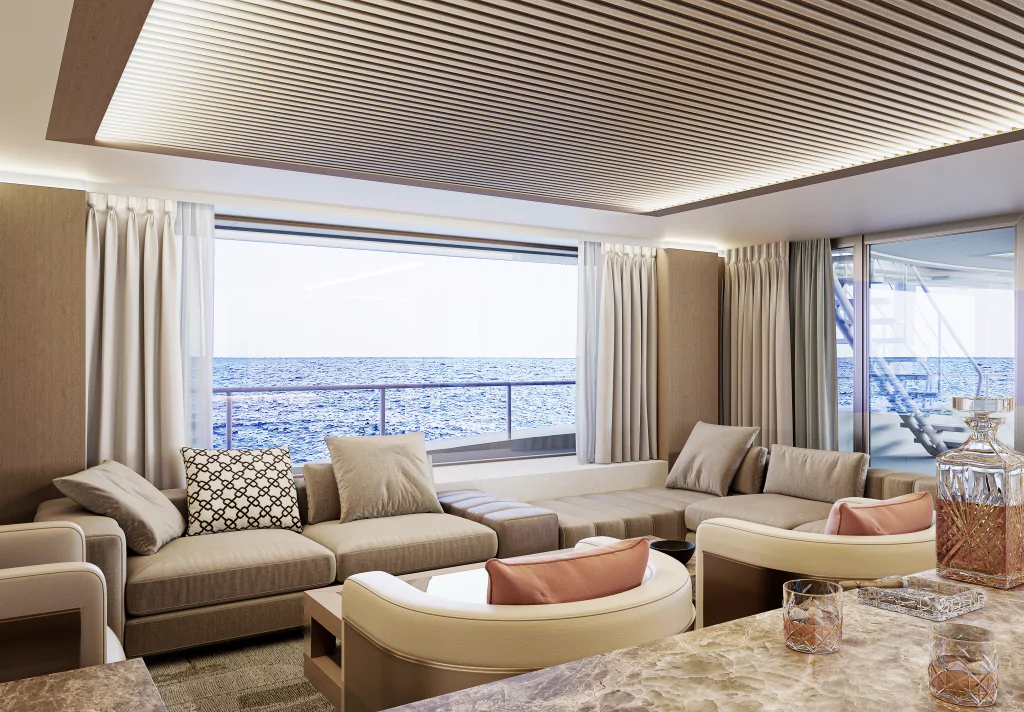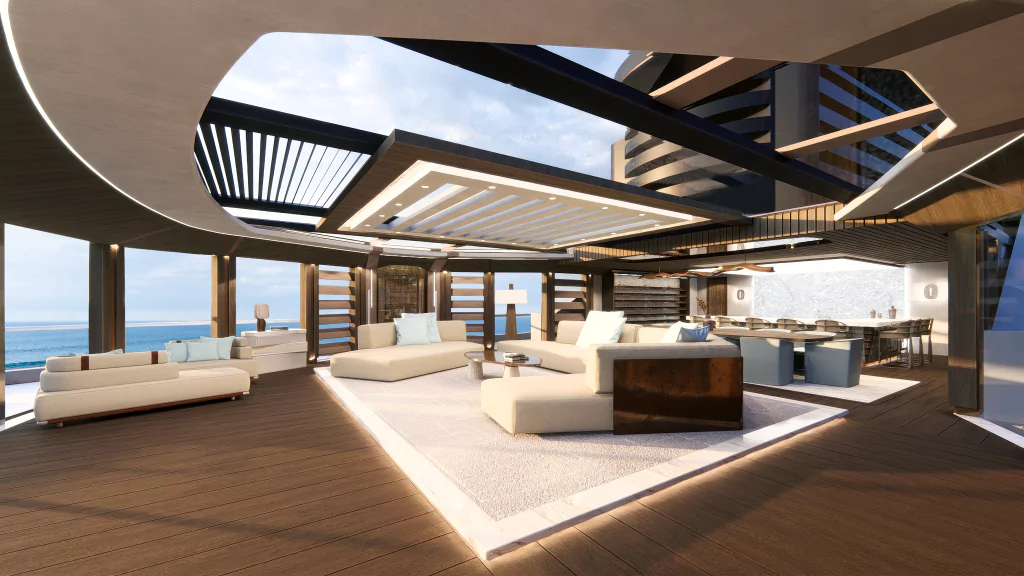Nuvolari Lenard unveils a new approach to design and sustainability
- Boating-greece
- Mar 15, 2024
- 2 min read

Nuvolari Lenard, the renowned design house led by Carlo Nuvolari and Dan Lenard, is revolutionizing yacht interiors with an innovative approach that integrates design with sustainability.
For Carlo Nuvolari and Dan Lenard change is not only welcome but something to be actively sought. Change is what drives design language forward, and it's also what brings form and functionality ever closer.

For many outside observers, the exterior of a yacht is what everyone sees, and it's the flowing, sculpted lines that indicate forward design momentum, as Lenard states.
“A yacht,” he explains, “is to be conceived as a whole, and separating external design from internal design reduces the possibility of elevating the entire yacht project to a higher level – that is, to that of a work of art.”

Nuvolari Lenard aims to change yacht design to be more sustainable, environmentally conscious and less formal.
To achieve this fundamental change, the team at Nuvolari Lenard focuses particularly on two key aspects – extreme attention to proportion and meticulous design of the layout and use of light.
“This is where the connection to the exterior design is seen,” explains Lenard, “because the emphasis on light affects the relationship with the exterior design of the yacht which determines the shape and position of the windows

The Orangerie in the Centrefold project exemplifies this ethos, offering a harmonious combination of interior and exterior elements. Meanwhile, a commitment to customer well-being drives initiatives to mitigate environmental impact, including indoor volatile organic compound (VOC) assessment.

Nuvolari Lenard gives us a completely different approach to sustainability.
“Often,” he says, “we tend to consider materials as ‘sustainable’ that actually only have the appearance of being sustainable, and other times we condemn the use of other materials only because we have limited – or tradition-distorted – information.”
As an example, Nuvolari points to natural leather. “We often criticise its use, preferring synthetic leathers,” he says, “but we forget that it is a by-product of the food industry that, if not used, would have to be disposed of with a serious impact on the environment.”
Such examples are many and that is why Nuvolari Lenard asks its suppliers for information and data about the origin of the materials.
“The success of interior design is no longer just stylistic but holistic, involving all aspects of the project – interior design, the relationship with exterior design and the knowledge and correct use of appropriate and sustainable materials and techniques,” Lenard concludes.









Comentarios